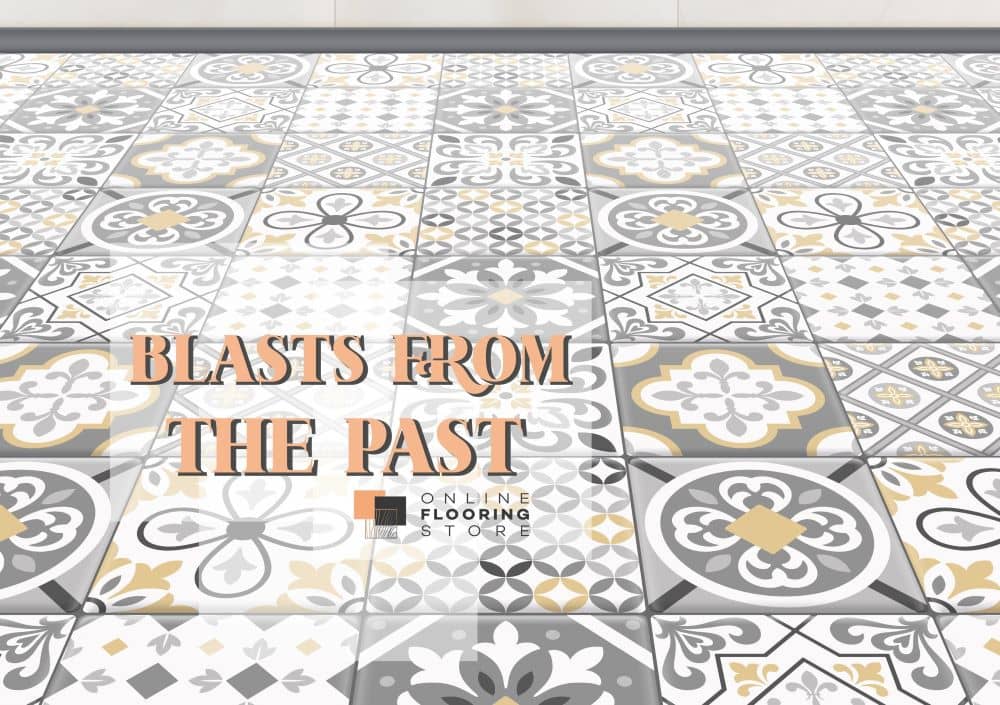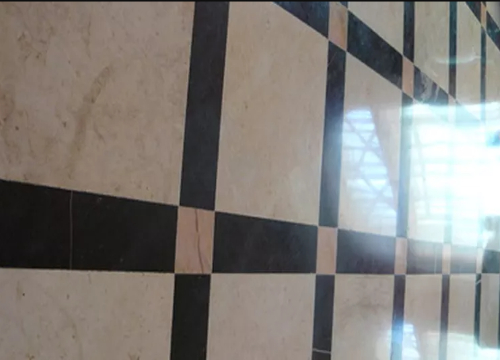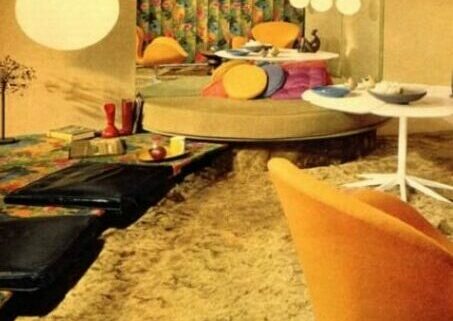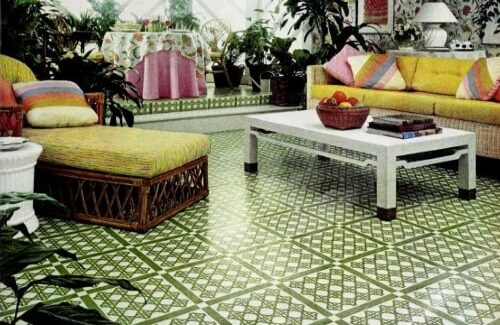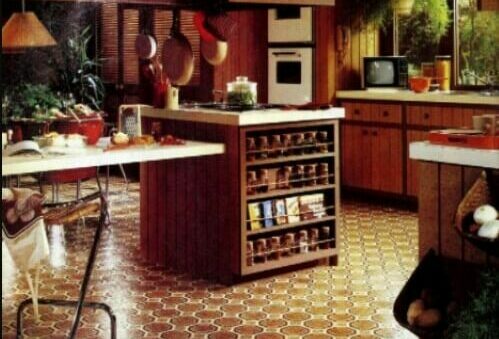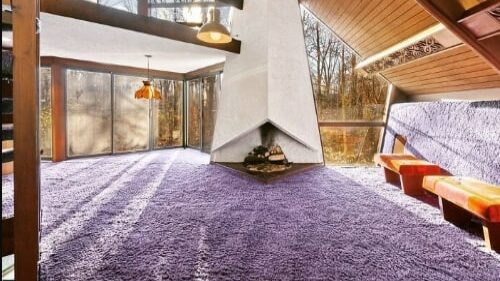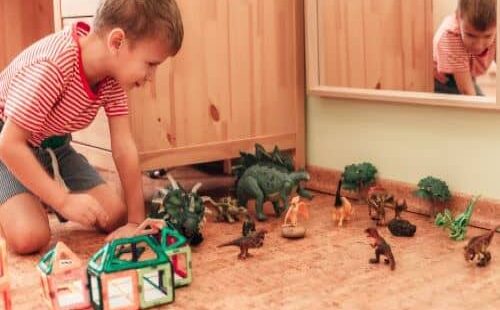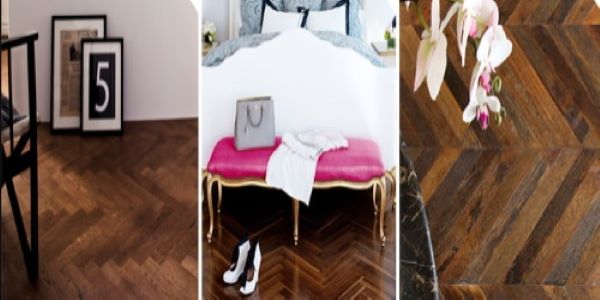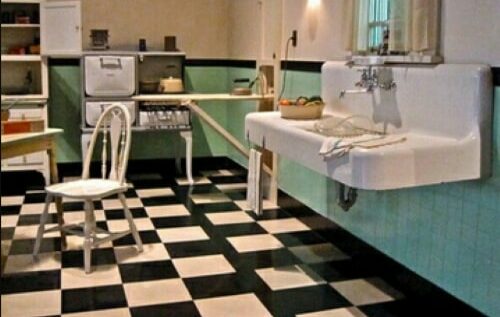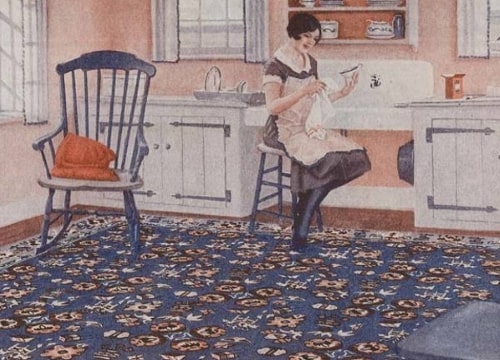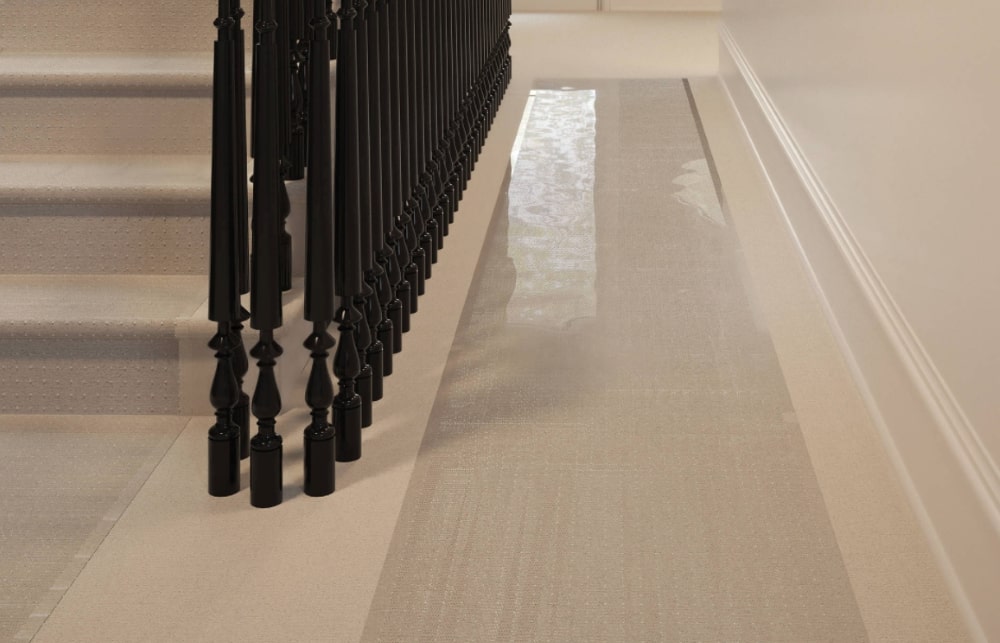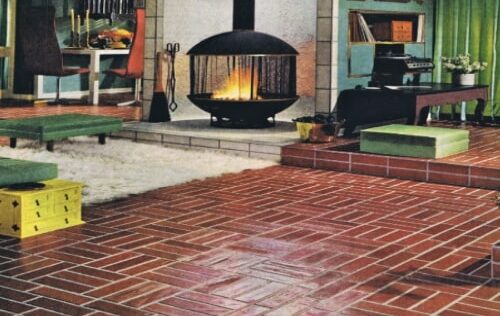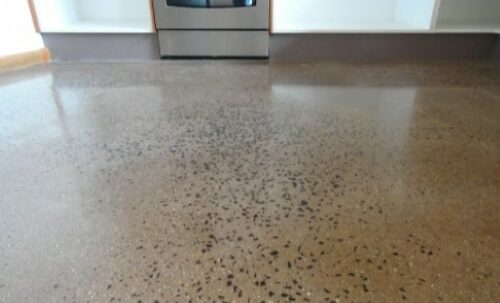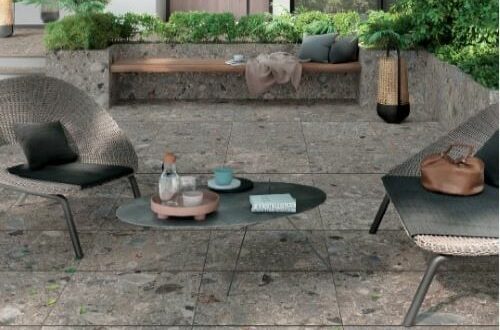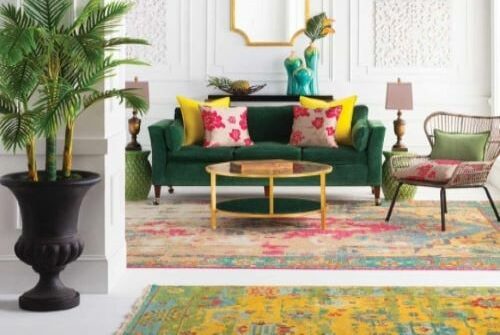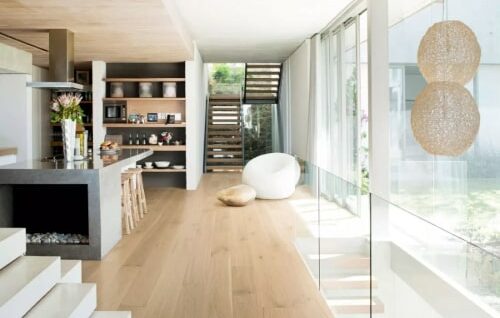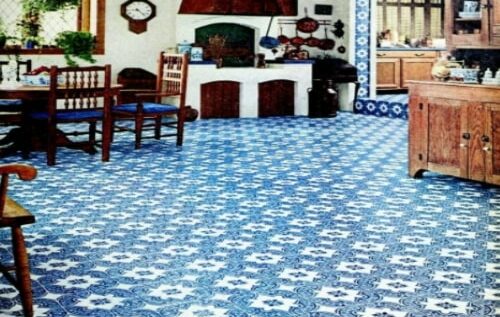From the beginnings of vinyl flooring in the 1950s to the groovy carpet looks of the 1970s, flooring fads have gone in and out of style. Whether you could love them or leave them, these flooring trends had profound impacts on how people decorated their homes in the past. Maybe when you are exploring some of the flooring choices of the past, you will discover some hidden potential for the future.
Take A Journey Through 20th Century Flooring Fads
Flooring in the past went through incredible changes in the last 50 years of the 20th century. New materials and changing ideas about home décor altered people’s flooring preferences. Some trends still dominate our perception of certain decades.
The 1950s
Beginning in the 1950s, vinyl flooring and synthetic carpeting became more commonplace. Before this, true hardwood floors had been the default for most homes. New homes would have vinyl tiles or carpets installed over a concrete surface as a finishing touch. Many beautiful, old hardwood floors were covered with carpet and vinyl to fit the current trends.
The 1960s
Vinyl flooring had its shining years in the 1960s. Millions of tons of vinyl flooring were being produced per year in the 1960s. Compared to the linoleum floors of the past decades, vinyl was shinier and easier to clean. It was marketed to housewives and working women alike for being easy to care for.
The 1970s
Linoleum and vinyl flooring continued to popular, but the real star of 1970s flooring trends was shag carpeting. The more dramatic the colour and pile, the groovier your shag carpeting. Shag carpeting was created in every shade of the rainbow and a million more colour combinations. Some shag carpets were even designed to run up the walls or for use in bathrooms.
The 1980s
Thankfully, vinyl floors became much safer in the 1980s. Concerns about the use of asbestos in vinyl in the 1970s led flooring manufacturers to find cleaner, safer alternatives. Vinyl floors today are a reliable floor covering that is not harmful to humans or pets.
Patterned carpet made a splashy debut in the 1980s. Of course, carpets in the 1960s and 1970s had played around a lot with colours and patterns. The 1980s patterned carpets were more sedate and had a modern simplicity. Lots of geometric patterns made their way onto carpets during these years.
15 Flooring Styles From the Past
1. Shag Carpeting
Experimenting homeowners took to shag carpeting with a fury. This carpeting with its thick pile attracted people ready for change. People would see it featured in the homes of the families they watched on colour TVs, like the Brady Bunch. They wanted to emulate that groovy look and modern feel for their own homes. Shag carpeting came in a variety of colours, patterns, and shapes. People used it to cover entire rooms or in the form of rugs.
2. Linoleum
Linoleum, developed in a sheet that could be rolled out and cut to fit a space, was popular in the 1950s and beyond. Different designs could be incredibly creative. For example, some companies put smashed colour crystals into the material. The result was confetti-like patterns that gave a space personality.
3. Patterned Floor Tiles
Today, it is not uncommon for homes to use plain-coloured vinyl and linoleum for kitchens and laundries. Clean, bright white is a favourite colour choice. The folks in the 1970s felt differently. Instead of solid colours and boring, plain floors, they wanted bold patterns. To them, their flooring was something that should be exciting and fun and unique. There were no limits when it came to patterned floor tile designs. Everything from florals to geometric shapes to Mediterranean patios served as a muse for flooring designers.
4. Wall Carpet
The 1970s did not just stop at shag carpeting. Carpets began to creep up from the floor onto the walls, stairs, and ceilings at times. Many wall carpets of the past were in bold, retro shades of bright purple and lime green.
5. Cork Flooring
In the 1930s, cork flooring could be found in both tile and sheet forms. Cork is a strong and resilient material that does not get very cold in the wintertime. Cork tiles and sheets in the 1930s and into the 1950s were available in very natural wood styles.
6. Patterned Hardwood Flooring
Although it remains a unique and fun way to arrange hardwood floors, patterned hardwood flooring used to be the epitome of classy interior design. Herringbone styles placed hardwood planks at patterned slants to create a winding, jagged look. Bold differences in grain colour and pattern are highlighted with this trend.
7. Checkerboard Flooring
Checkerboard flooring, especially vinyl floors, were a hit in the 1950s. Bold colour combinations were the way to go, including red and white, black and white, and yellow and white. You can even see checkerboard flooring, particularly the neutral black and white combination, dotted throughout history.
8. Vinyl Floor Cloths
Vinyl, or linoleum, floor cloths are machine-printed floor coverings that were made to look like rugs. They were popular at the beginning of the 20th century. Bold, printed designs that looked just like braided or woven rugs were common to see laid over hardwood floors in upper-class homes of the 1910s and 1920s. Vinyl floor cloths were much easier to keep clean and maintain than an expensive, thick rug. Plus, they still served the purpose of protecting old hardwood floors from nicks and scuffs. Vinyl floor cloths stayed in popularity into the 1950s when tropical florals made an appearance.
9. Vinyl Carpet Protectors
Along with covering couches in plastic slipcovers to prevent damage from dust and dirt, vinyl carpet protectors were more common in the past. Plastic couch slipcovers gained popularity in the 1940s and 1950s, but vinyl carpet protectors occurred later. These clear covers for carpeting let individual styles shine through without the risk of the carpet getting dirty.
10. Faux Bricks and More
Fake bricks and fake wood as a vinyl style was popular for a time in the 1970s. These styles tried to be as realistic as possible, with unique results. To the modern eye, the faux brick look may look overtly rustic or ugly. Perhaps people were interested in something that many modern decorators seek, an old-fashioned design with some modern flair.
11. Polished Concrete
Modern polished concrete was discovered by accident in Tunisia. Instead of polishing concrete wet, a crew mistakenly dry polished an entire concrete floor. This beautiful trend was a hit in the 1990s. Polished concrete can be a decorative flooring option, and many people took advantage of creating innovative new designs in the 1990s.
12. Terrazo
Terrazo, meaning terraces in Italian, is an old Venetian invention made from discarded marble. The speckled look of this tile is as iconic in a modern home as it was years ago. Terrazo was very popular at one time because the crushed marble gave it an elegant, classy look.
13. Patterned Carpet
Wall-to-wall carpet remained popular into the 1980s. Lower piles offered a little more restraint than shag carpeting, but the bold patterns made up for it. Geometric styles were a big fad, but unorthodox colours and colour combinations still kept things unusual.
14. Blonde Wood Styles
Blonde hardwood styles were a hit in the 1990s. They offered a lighter look than very traditional, dark hardwood hues. Today, blonde wood is popular again for contemporary spaces, but without as much lacquer as days gone by.
15. Retro Styles
It is hard to pinpoint one retro style in flooring. There were a lot of options, and everyone explored new avenues for designs before the 21st century. But retro colours and patterns made many of these flooring materials so iconic. Harvest gold or avocado green was the norm in 1970s kitchens all over.
Stylish Once More?
Whenever people try to think about exciting styles and décor to add life to their homes, they only need to look back in the past for inspiration. Many flooring trends that were all the rage in the past are starting to make a comeback. Some people might look side-eyed at some of these trends in a modern-day home. But the updated flooring options combine the bold styles of the past with the best of present-day design and manufacturing.
For example, cork flooring is enjoying a renaissance as a popular kitchen covering. People love that it is a more environmentally-friendly option compared to today’s vinyl flooring. Updated linoleum flooring options are also seeing more love in kitchens. Linoleum is a fun choice, especially if you are going for a retro style in your interior design.
Anyone can be inspired by the past. You simply need to look and find potential somewhere in a bygone trend or retro pattern. The intricate, brightly-coloured linoleum kitchens of the past may not be for you and your home. But a modern-day take on patterned linoleum or vinyl tiles can turn a boring home into a personalized interior.


